The art of baking perfect cookies hinges on countless subtle variables, but few are as quietly influential as butter temperature. Among professional bakers, the "finger test" for butter softness has become something of a sacred ritual – a tactile language that bridges the gap between textbook instructions and the alchemy of exceptional cookies. This unassuming technique holds the key to controlling cookie spread, that magical transformation of dough balls into perfectly proportioned treats with just the right balance of crisp edges and chewy centers.
Walk into any serious pastry kitchen during prep hours, and you'll likely witness chefs pressing thumbs into butter slabs with the focused intensity of diamond appraisers. This isn't fussiness – it's science in its most delicious form. Butter at different temperatures interacts uniquely with flour and sugar, changing how dough hydrates, how air incorporates, and ultimately how cookies hold their shape when meeting oven heat. The finger test bypasses unreliable visual cues and vague "room temperature" guidelines, giving bakers direct physiological feedback about their most important ingredient's readiness.
The Goldilocks Zone of Butter Softness reveals itself through gentle pressure. Properly softened butter should yield to a fingerprint that holds its shape without sinking or resisting. Imagine pressing into the fleshy part of your palm below the thumb – that slight rebound is what you're seeking. Butter that's too cold leaves no impression, while over-softened butter swallows fingers whole like quicksand. This perfect window, about 65°F (18°C) for most recipes, allows butter to cream optimally with sugar while retaining enough structure to support flour's gluten network.
Seasoned bakers develop an almost psychic connection with their butter's texture. During winter, when kitchens stay cooler, butter might need strategic placement near proofing drawers or appliances. Summer bakers often work quickly before warmth turns their butter greasy. The finger test accommodates these variables better than any timer or thermometer could, accounting for ambient humidity and a baker's unique touch. It's why grandmothers' handwritten recipes so often specify "butter softened just so" rather than giving minute counts – they understood this tactile wisdom transcended clock time.
Cookie chemistry explains why this method matters. When butter creams with sugar, its fat crystals form a lattice that traps air – these pockets expand during baking, lifting the cookie. Too firm butter won't incorporate enough air, resulting in dense textures; too soft butter can't maintain the structure, causing over-spreading. The finger test's precision ensures optimal aeration while preserving the butter's ability to melt at the right moment in the oven, allowing cookies to set their structure before collapsing into flat discs.
Modern bakers are rediscovering this old-world technique as artisan cookie-making enjoys a renaissance. Food scientists confirm what generations of bakers knew instinctively – that slight variations in butter softness dramatically affect dough viscosity and final spread. The finger test's beauty lies in its adaptability; whether working with high-fat European butters or standard American varieties, the same pressure principles apply. It democratizes perfect cookies, putting professional results within reach of anyone willing to slow down and truly feel their ingredients.
Beyond temperature, the test reveals butter's homogenization quality. Artisanal butters with higher milk fat content feel subtly different under pressure than commercial brands – a nuance the finger test captures where instruments might not. This explains why some bakers swear by specific butter brands despite nearly identical fat percentages on paper. The method also exposes improperly stored butter that's developed a greasy outer layer while remaining cold inside, a common pitfall for home bakers.
As dough rests after mixing, residual warmth from friction and chemical reactions continues affecting butter's consistency. Smart bakers account for this by checking butter softness not just at the start, but periodically throughout the process. In large-scale production where hand-testing every batch isn't feasible, master bakers still use the finger method to calibrate their equipment's softening parameters daily. It remains the gold standard against which all mechanical softening gets measured.
The technique's simplicity belies its sophistication. Like a pianist developing touch sensitivity for nuanced dynamics, bakers cultivate pressure awareness to distinguish between butter that's "almost ready" versus "perfect." Some keep reference samples at ideal softness to compare against, training their tactile memory. This physical connection to ingredients represents baking at its most meditative – a far cry from blindly following digital readouts. In our tech-driven age, the finger test stands as a delicious reminder that some truths are best discovered through fingertips rather than screens.
Cookie enthusiasts chasing bakery-quality results would do well to master this fundamental skill before investing in fancy gadgets. No silicone mat or convection oven can compensate for improperly softened butter. The finger test costs nothing, takes seconds, and delivers more consistent results than most high-end kitchen tools. It's the ultimate example of how baking mastery often lies not in acquiring more knowledge, but in deepening our sensory understanding of basics we thought we already knew.
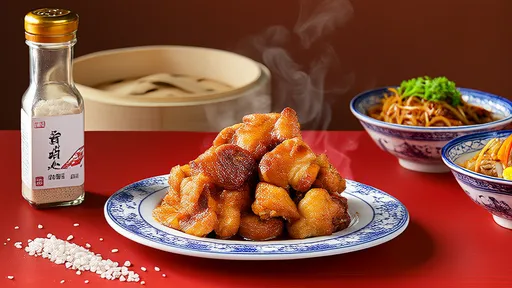
By /Jul 24, 2025
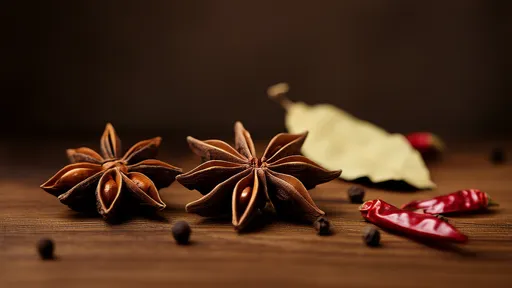
By /Jul 24, 2025

By /Jul 24, 2025
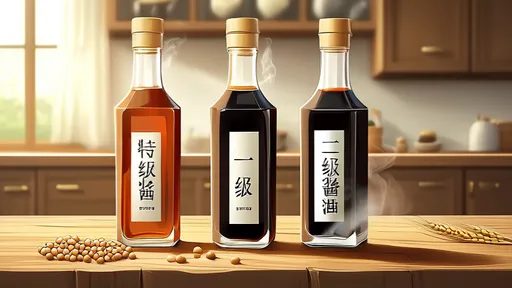
By /Jul 24, 2025

By /Jul 24, 2025

By /Jul 24, 2025
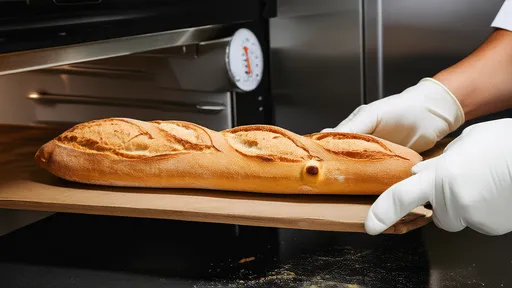
By /Jul 24, 2025
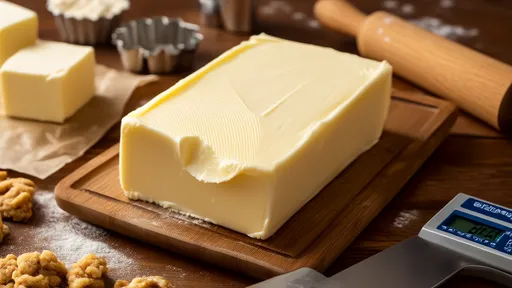
By /Jul 24, 2025
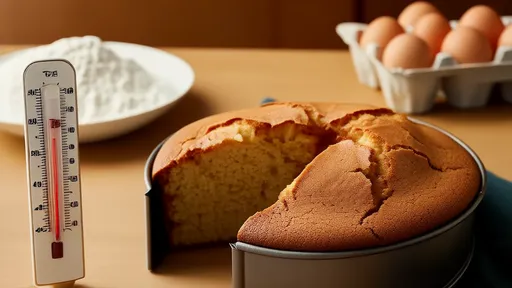
By /Jul 24, 2025
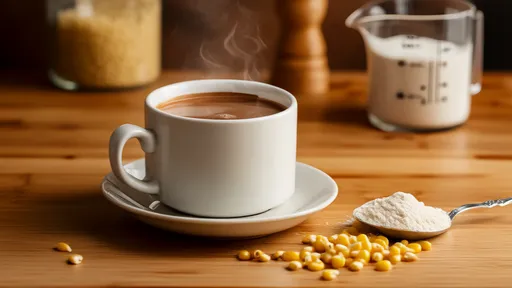
By /Jul 24, 2025

By /Jul 24, 2025
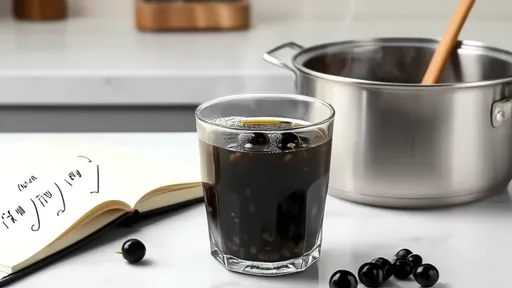
By /Jul 24, 2025
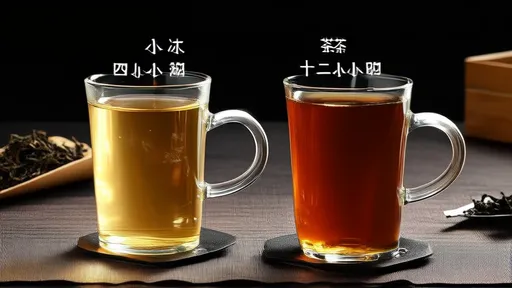
By /Jul 24, 2025
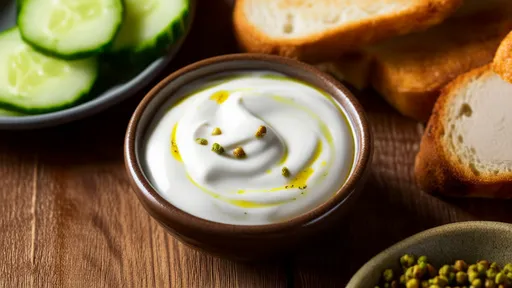
By /Jul 24, 2025
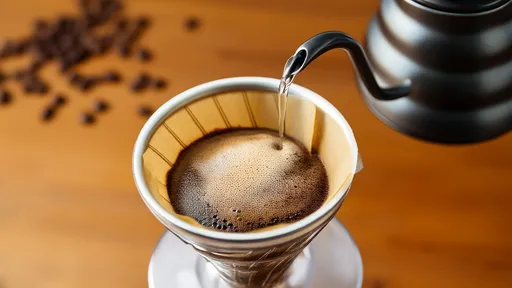
By /Jul 24, 2025

By /Jul 24, 2025
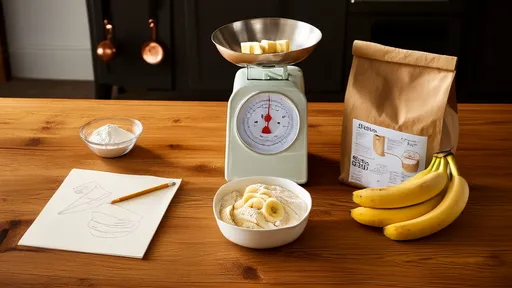
By /Jul 24, 2025
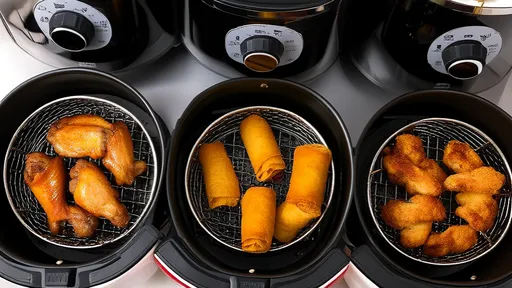
By /Jul 24, 2025